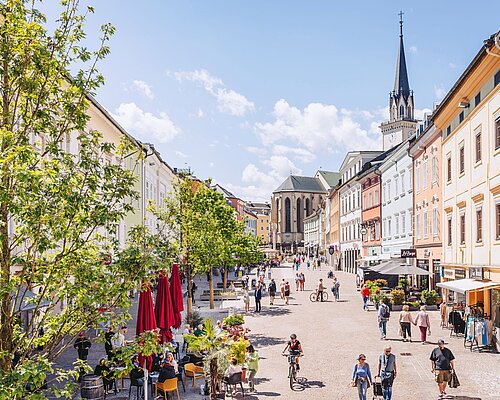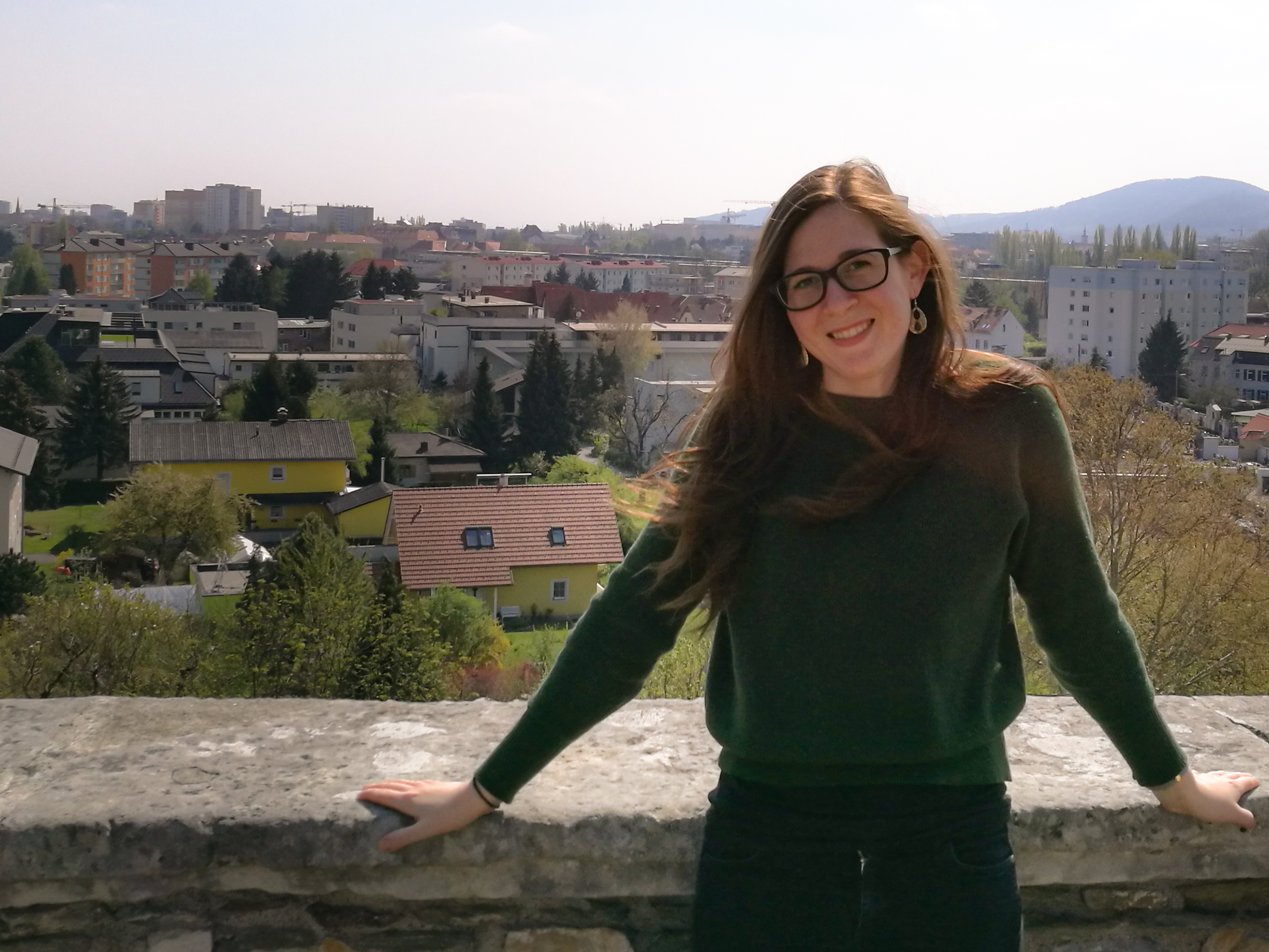GET TO KNOW VILLACH – PART 3: IMPORTANT STREETS AND SQUARES

Villach’s identity is represented not only through its history or landmarks, but also in the places where people come together: on streets, squares, and in parks. These spaces reflect the city’s transformation, its way of life – and invite exploration.
In the third and final part of the “Discover Villach” blog series,some of the city’s most important public spaces are introduced. The embedded videos offer fascinating insights and surprising historical details.
VILLACH’S ARCHITECTURE IN TRANSITION
From Renaissance to Baroque and Classicism to Modernism, Villach’s architecture is both a mirror of a turbulent history and an expression of diverse aesthetics:
OBERER HAUPTPLATZ – THE HEART OF THE OLD TOWN
The Hauptplatz, Villach’s main square, is the stage for numerous celebrations – including the splendid processions of Carnival and Kirchtag. The upper part of Hauptplatz, with the parish church and its 94-meter-high tower, the tallest church tower in Carinthia, forms the heart of Villach’s city center. You can find historically significant sites and remarkable buildings here:
UNTERER HAUPTPLATZ – THE PULSATING CENTER
The lower part of Hauptplatz is Villach’s lively hub. Between imposing façades, you’ll find small historic witnesses such as the Trinity Column and the medieval pillory – proof of how much history can be discovered in a city’s details:
KAISER-JOSEPH-PLATZ – NAPOLEON IN VILLACH
Kaiser-Joseph-Platz was created in the early 19th century, once also home to the town hall. On a building façade at the southeastern end of the square, three cannonballs from Napoleon’s time can still be discovered today. Between 1809 and 1813, Villach was part of the French Empire – a brief but formative period that changed social life and left its mark:
HANS-GASSER-PLATZ – AN URBAN HUB
Named after sculptor Hans Gasser, who was buried in Villach in 1868, this square has long been an important transport junction, linking key routes to the south and northwest – and it remains so today:
ITALIENER STRASSE – MORE THAN A SHOPPING STREET
Named after the sculptor Hans Gasser, laid to rest in Villach in 1868, this square has long been a major transport hub, connecting important routes to the south and northwest — a role it still plays today:
CITY PARK – A GREEN OASIS IN THE HEART OF THE CITY
If you’re looking for a spot to unwind and breathe easy in the middle of the city, the Stadtpark is the place. Here, the neo-Gothic Protestant church rises among shady trees, colorful flower beds, and winding paths:
Villach lives through its squares, its streets, its corners – where history, everyday life, and the future meet.
The three-part “Get to Know Villach” blog series tells stories of Villach’s past and offers new perspectives on the city. If you missed the first two parts, you can discover more about the city’s history and its most significant buildings.
